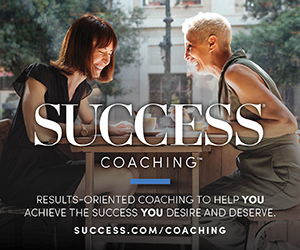More than 5 million Americans are living with dementia. Around 200,000 of them are 50 to 65 years old. They could have children who still live at home. They could be visiting college campuses or planning baby showers for their first grandchildren.
Instead they’re forced to quit working and feel the stigma of living with a disease perceived to affect only the elderly.
The Connected Horse Project based in Palo Alto, California, in partnership with the Stanford Red Barn Leadership Program, is working to change that stigma through its equine-guided therapy workshops.
The program includes group therapy as well as one-on-one interaction with the horses, including petting, grooming and walking with them in the paddock or barn. Nancy Schier Anzelmo, the program’s education director, says the participants are thrilled for the opportunity to take risks again—to really live and forget their diagnoses.
Related: How to Live a Life of Value
“One woman said, ‘I have the strength now to take me on this journey,’ ” Schier Anzelmo says. “The interaction with the horse brought her back to a better time in her life. That makes it worth it.”
She says the workshops benefit the caregivers as well by helping them see the person with early-onset dementia giving, rather than just receiving. By interacting with the horses, “the person with the diagnosis got to leave that role for a little bit.”
Horses have the innate ability to mirror people’s emotions, which allows people to address the complex emotions they’re feeling, such as anger, guilt and confusion.
Paula Hertel, the program’s director, says horses have the innate ability to mirror people’s emotions, which allows people to address the complex emotions they’re feeling, such as anger, guilt and confusion.
“We had one woman who had aphasia—difficulty talking—and didn’t fully want to participate. After spending a day with the horses, her language improved, her body improved, her outlook—in terms of smile and eye contact—all got better,” says Hertel. “She was able to express how grateful she was to be there.”
Related: What Do You Get from Giving? (3 Things, Actually)
This article originally appeared in the September 2016 issue of SUCCESS magazine.


